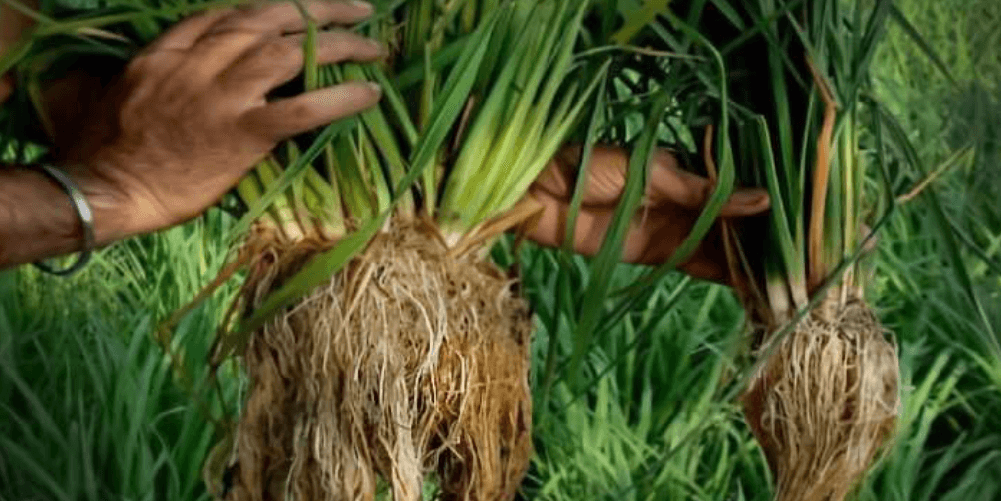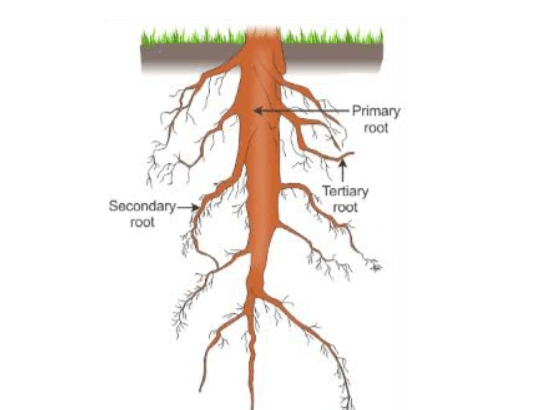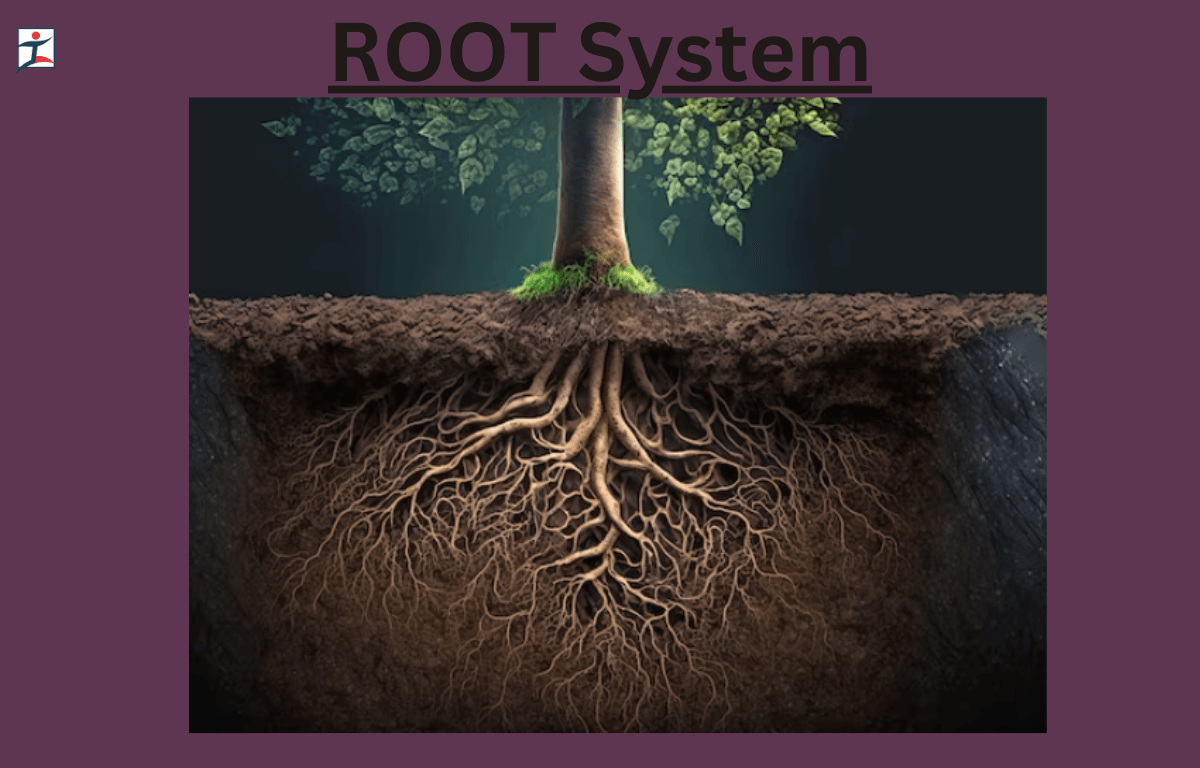Plants have various parts, including roots, which are hidden underground. Roots, which are hidden underground. Roots anchor the plant and absorb water and nutrients from the soil. The stem connects roots to leaves and flowers, transporting water and nutrients. Leaves and flowers, transport water and nutrients. Leaves capture sunlight, enabling Photosynthesis. Flowers produce seeds for Reproduction. Together, these parts form a plant’s structure and function. Roots support stability, stems facilitate nutrient transport, leaves aid in energy production, and flowers ensure the plant’s reproductive cycle, contributing to the overall health and life cycle of the plant.
What is a Root System?
A root system is a vital part of a plant, serving as its anchor and lifeline. You can think of it as the plant’s underground support network. The roots grow downward into the soil, securing the plant in place and absorbing water and nutrients essential for its survival. They also store food reserves for the plant to use during times of need. The two main types of root systems are fibrous and taproot. In fibrous root systems, numerous thin roots spread out in a web-like fashion, while taproot systems have a primary, thicker root with smaller roots branching off. The health and structure of a root system directly impact a plant’s overall well-being, affecting its ability to withstand environmental stresses and sustain growth.

Define Roots
Roots are the underground heroes of plants, playing a crucial role in their survival and growth. These essential plant parts are like anchors, securing the plant in the soil and preventing it from toppling over. Picture them as the plant’s lifeline, reaching down into the earth to extract water and nutrients. Beyond anchoring and absorbing, roots also store food reserves, ensuring the plant has a backup during tough times. They respond to environmental cues, directing the plant’s growth in search of nourishment. Healthy roots are fundamental for a plant’s overall well-being, influencing its ability to resist stress, thrive, and contribute to the beauty and balance of our natural world.

Types of Roots
There are mainly two types of roots namely fibrous roots and taproots. Fibrous roots are like a dense net, spreading out close to the surface, while taproots have a primarily thick root with smaller roots branching off. These root types adapt to different environments and plant needs, showcasing the diversity of plant life and their strategies for survival.
| Different Types of Roots | |||
| Types | Description | Examples | Functions |
| Fibrous Roots | Fibrous roots form a dense, mat-like network close to the soil surface. | Grasses, wheat, and most monocots typically have fibrous root systems. | They provide stability, prevent Soil Erosion, and efficiently absorb water and nutrients from the upper soil layers. |
| Taproots | Taproots have a central, thick primary root with smaller lateral roots branching off. | Carrots, radishes, and dicotyledonous plants like dandelions often have taproot systems. | Taproot penetrate deep into the soil, offering strong anchorage. They store nutrients and water, providing the plant with reserves during adverse conditions. |
Fibrous Roots
Fibrous Roots are like a plant’s underground web, spreading close to the soil surface. Instead of having one main root, they form a dense network of thin roots that intertwine. These roots provide stability, preventing soil erosion, and efficiently absorb water and nutrients from the upper layers of the soil. Fibrous root systems are commonly found in grasses and other plants, acting as a resilient support structure for the plant above ground.

Taproots
Tap roots are the main roots of some plants that grow vertically into the soil, serving as a central anchor for certain plants. Unlike fibrous roots, taproots have a main, thick root from which smaller lateral roots sprout. This design provides stability and support to the plant. Taproots play a crucial role in nutrients absorption, as they penetrate deeper into the soil, reaching water and minerals. Plants like carrots and radishes are examples of taproot systems, where the main root serves not only as an anchor but also as the primary storage organ for nutrients, contributing to the plant’s overall health and survival.

Functions of Roots
Roots serve several essential functions in plants. Roots also play a role in preventing Soil Erosion by binding soil particles together. Overall, roots are vital for a plant’s structural support, nutrient uptake, energy storage, and environmental interaction.
- Anchorage: Roots Anchor the plant in the soil, providing stability and preventing it from being easily uprooted.
- Nutrient Absorption: Roots absorb water and essential nutrients from the soil, facilitating the plant’s growth and metabolic processes.
- Storage: Roots store reserves of carbohydrates, sugars, and nutrients, acting as a source of energy and sustenance for the plant during adverse conditions.
- Hormone Production: Some roots produce hormones that influence various hormones that influence various aspects of plant growth and development.
- Erosion Prevention: Root systems help prevent soil erosion by binding soil particles together, and stabilizing the surrounding environment.
- Environmental Interaction: Roots respond to environmental cues, adjusting growth patterns based on factors like gravity, light, and water availability.



 50 Vegetables Name for Kids in English a...
50 Vegetables Name for Kids in English a...
 Food Chain: Definition, Types, Examples,...
Food Chain: Definition, Types, Examples,...
 Human Respiratory System: Definition, Di...
Human Respiratory System: Definition, Di...













